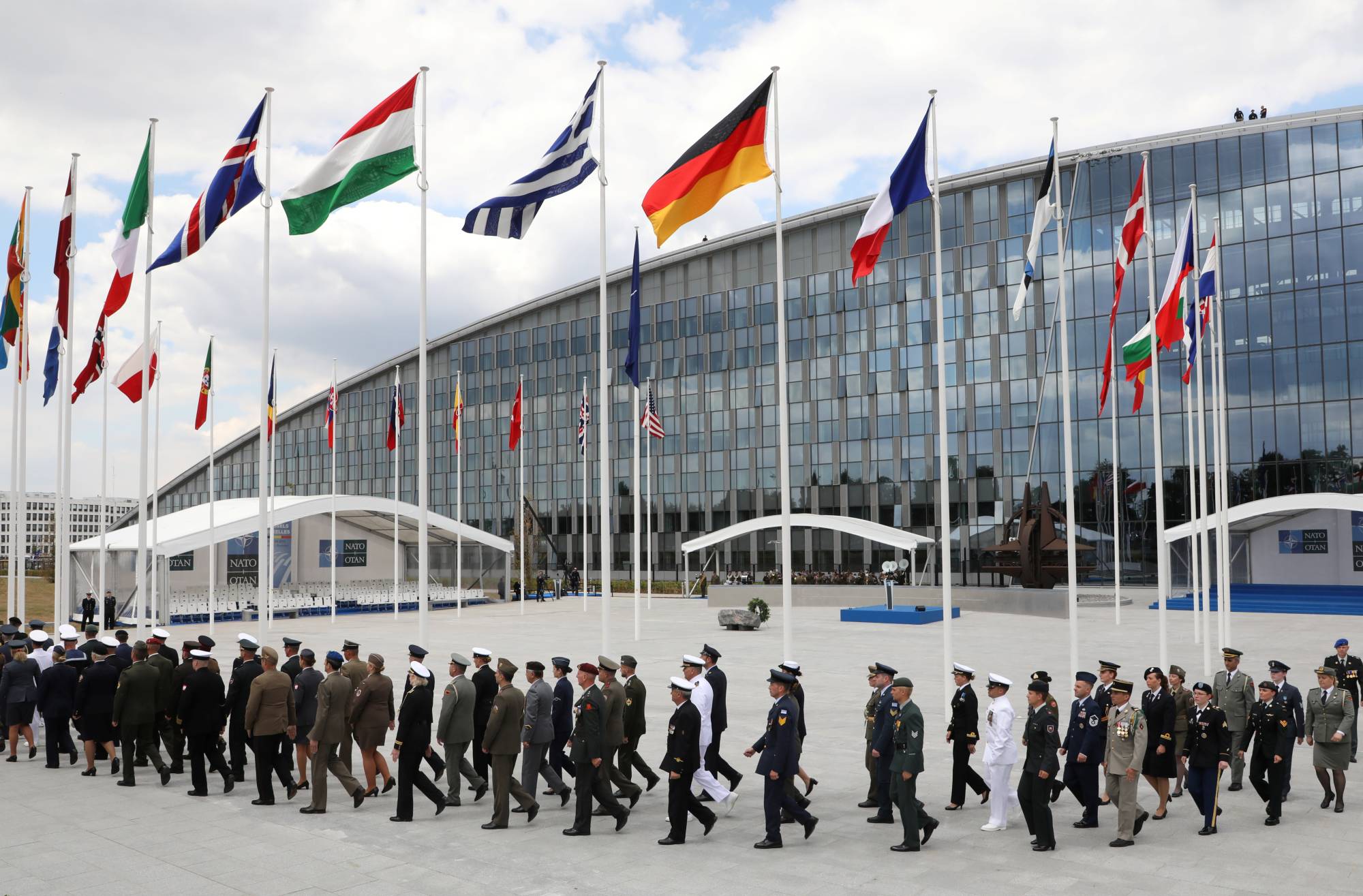It’s been called "ridiculous,” "pointless,” and "one of the most meaningless and truly stupid” benchmarks ever.
In 2014, following Russia’s illegal annexation of Crimea, the NATO allies met in Wales and pledged a number. Member states would "aim to move towards the 2% guideline within a decade.” That is, they promised to spend at least that percentage of their gross domestic product on defense by 2024.
The convoluted and slippery wording — "aim to move toward” — should have been the giveaway. With most of the decade gone, only seven allies honored the pledge last year. That’s more than the three countries that exceeded the benchmark in 2014, but hardly impressive in a club of 30.


















With your current subscription plan you can comment on stories. However, before writing your first comment, please create a display name in the Profile section of your subscriber account page.